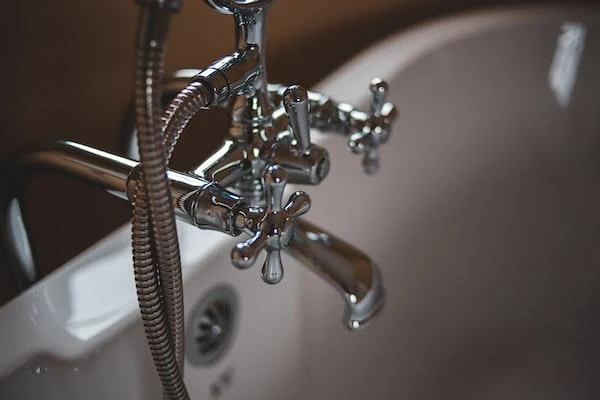Ad Code
Translate
List of 6,000+ Dofollow Commentluv Blogs FREE (Updated 2025)
January 16, 2025
What is Ozempic (semaglutide)? (Updated in 2025)
January 30, 2025
How To Find Suitable Properties In Cyprus? (Updated in 2025)
January 11, 2025
Smart strategies for trading on crypto exchanges
February 18, 2025
What are some plumbing repair emergencies?
Zizo Gala-Mkhize
November 30, 2022
No one likes dealing with plumbing repair emergencies, but unfortunately, they happen. Some common plumbing repair emergencies include burst pipes, overflowing toilets, and leaks. Keep reading to learn what to do in each of these situations.
What are some plumbing repair emergencies?
Many plumbing repair emergencies include frozen pipes, burst pipes, leaks, and gas leaks. Frozen pipes are a typical plumbing repair emergency. When the water in a pipe freezes, it expands and can cause the pipe to burst. If your water is not flowing as usual or coming out slowly, there may be a frozen pipe somewhere in your home. Burst pipes are another typical plumbing repair emergency. A burst pipe can cause extensive water damage to your home and property. Knowing how to identify a burst pipe and what to do if you have one is essential.
A burst pipe usually occurs when a water line freezes and then thaws. The ice inside the pipe causes it to expand and crack. Water will start flowing out of the tube crack and continue to flow until the pressure from the water line is released. A leak can occur anywhere in your plumbing system, from a faucet or valve to the main water line. Leaks can also affect your roof. If you notice a sudden increase in your water bill, it may indicate a hidden leak.
Gas leaks can occur due to a broken pipe, a faulty appliance, or construction work on the home. If you think there is a gas leak in your home, do not try to fix it yourself. Call a plumber or a gas company. Some emergencies may seem like plumbing emergencies but are actually septic emergencies. Suppose you’re noticing that your showers and sinks are draining slowly or that your toilets have black liquid. In that case, you may want to contact a plumber who will tell you whether he can handle this or if you need septic pumping or other septic services that may solve the issue.
How do you fix plumbing repair emergencies?
To prevent pipes from freezing, keep them warm by running hot water through them or wrapping them with insulation. If a pipe does freeze, thaw it gradually with warm water. Never use an open flame to thaw a frozen pipe. If you think you have a burst pipe, turn off the main water valve immediately. This will stop the flow of water into your home. Then, call a plumber for help. Do not try to fix the problem yourself, as it can be dangerous.
The plumber will need to find where the break in the pipe is located and then repair or replace it. He may also need to dry out your home and property if there is significant water damage. You can do several things to help prevent a roof leak, including regular maintenance and inspections of your roof and gutters. If you do experience a roof leak, here are some common repair tips. First, check the flashing around your chimney and vents.
The flashing is the metal piece that seals these areas and helps water run off the roof. If the flashing is damaged or missing, it can cause a roof leak. You should also look for broken or missing shingles. Shingles may be damaged by high winds, hail, or age. They will allow water to seep through the roof decking and into your home if it is missing or broken. Additionally, inspect the eaves troughs and gutter screens for debris build-up.
Debris in the eaves troughs can clog up the gutters and cause them to overflow, leading to a roof leak. Gutter screens should also be checked for holes or tears that could allow water into the gutter system. In terms of gas leaks, a gas leak in a home can be a hazardous situation. If you smell gas or your carbon monoxide detector goes off, evacuate the house and call the fire department.
Featured Post
12 Prominent new technologies and trends emerging in 2025
Khabza Mkhize-
April 02, 2025
Soapie Teasers
Sister Sites
Most Popular
List of 6,000+ Dofollow Commentluv Blogs FREE (Updated 2025)
January 16, 2025
Smart strategies for trading on crypto exchanges
February 18, 2025
Popular posts
List of 6,000+ Dofollow Commentluv Blogs FREE (Updated 2025)
January 16, 2025
Smart strategies for trading on crypto exchanges
February 18, 2025
Footer Menu Widget
Created By Blogspot Theme | Distributed By Gooyaabi Templates




0 Comments